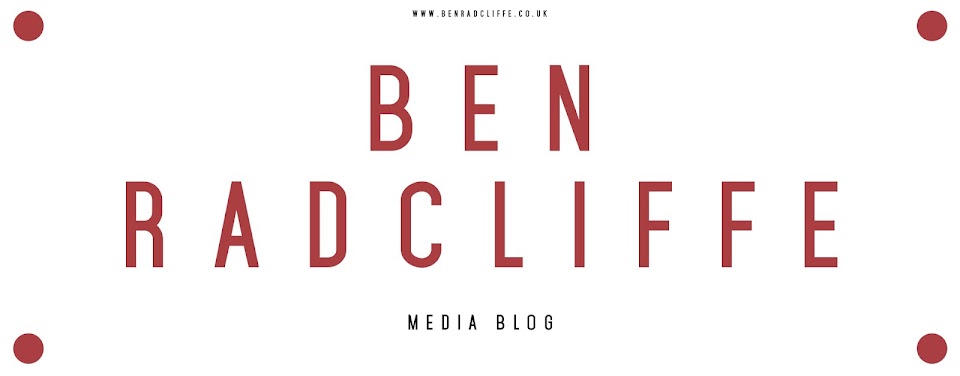Before we begin the process of planning and producing our own thriller, we needed to thoroughly understand what the thriller genre entails. Therefore we did some research on thriller suspense films, closely studying some previous thriller films that have been made.
The Thriller Genre simply intends to 'thrill' Its audience. More specifically, the objective of a good thriller is to create a high level of excitement, anticipation, uncertainty, surprise, and terror. Suspense is key to a Thriller film, it stimulates the viewers mood and engages them throughout the film. The suspense is born out of the plot which usually involves the investigation of an enigma, such as a crime. This convention drives the film, accompanied by action and violence. The narrative usually consists of a battle between a protagonist and an antagonist, featuring a disruption in the equilibrium. The story will build the tension until the climax, where the protagonist will restore justice and reinstate equilibrium.
The Thriller Genre simply intends to 'thrill' Its audience. More specifically, the objective of a good thriller is to create a high level of excitement, anticipation, uncertainty, surprise, and terror. Suspense is key to a Thriller film, it stimulates the viewers mood and engages them throughout the film. The suspense is born out of the plot which usually involves the investigation of an enigma, such as a crime. This convention drives the film, accompanied by action and violence. The narrative usually consists of a battle between a protagonist and an antagonist, featuring a disruption in the equilibrium. The story will build the tension until the climax, where the protagonist will restore justice and reinstate equilibrium.
Typical conventions of the Thriller Genre are:
- Suspense
- Action
- violence
- Interesting camera work (e.g Dutch Angles)
- Close ups
- Fast cuts
- Montages
- Flashbacks
- Tension music
- Low key lighting
- Shadows
- Cold grading
Thrillers are very often Hybrids. Here are the most popular sub-genres of thrillers:
- crime thriller - Plot revolves around a crime
- physiological thriller - conflict is mental and emotional rather than physical
- political thriller - Hero/heroin has to ensure the stability of the government
- spy thriller - The protagonist is generally a secret agent who must take on, an enemy government/terrosits

The english director Alfred Hitchock is considered the master of Thrillers. His films, such as 'Strangers on a train', 'vertigo' and 'Psycho' helped shape the modern day thriller genre. Alfred Hitchock is one of my favourite directors, I especially like his films 'rear window', and 'strangers on a train'. In these films his visual style creates so much suspense that you crave to find out what will happen next. He draws you into the world of the film,

with his exciting and strange, yet believable, characters and situations, making you desperate to see the outcome. His films are highly rewarding. Hitchock shows his audience the story, rather than telling them, meaning more thought is involved. As an audience we are given more involvement. We are left to make revelations and connection with the characters and story, thus making it a more satisfying experience.
He exerts the full potential of suspense, making him one of the most iconic figures and influences in the film world.
How is suspense created?

I believe suspense is created when the audience begin to anticipate bad or dangerous events, and they feel helpless to prevent it. A good director will create suspense effectively by giving the viewer subconscious hints about the forthcoming events. This plants bad thoughts into the audiences mind and engages them to the film, making them desperate to see what happens. Sometimes the best films, create lots of suspense where the audience presume something bad to happen but then nothing does, Leaving them on the edge of their seat.

A great example of this is 'The shining'. Leading up to the corridor scene where the twins appear the viewer is put on edge by the great low angle, stedicam shot following the boy as he cycles around the hotel. Every corner he turns, we have the idea implanted in our heads that something scary is going to be on the next turn. This is because Stanley Kubrick and the conventions of horror/thriller films have led us to believe that something is going to burst out onto the screen giving us a 'jump scare' in the traditional style of movie suspense.

Finally after watching the boy cycle around for 2 minutes, he finally turns a corner to reveal the twins. Our minds our now telling us that something bad will definitely happen. However what Kubrick chooses to do is hold the suspense with some uncomfortably long shots, before the boy continues on his tricycle releasing the suspense as nothing scary actually happens.
By doing this, the director does not waste away the suspense he has created throughout the film in a cheesy 'jump scare' featured in many poorly made horror or thriller films. Instead he builds the suspense to a point where, we are completely engaged in the visuals and the story, and have more of a psychological connection to the events, meaning we get a bigger reward at the end of the film when everything is revealed.
Sometimes our imaginations create much more fear and adrenaline than any visuals could.












No comments:
Post a Comment